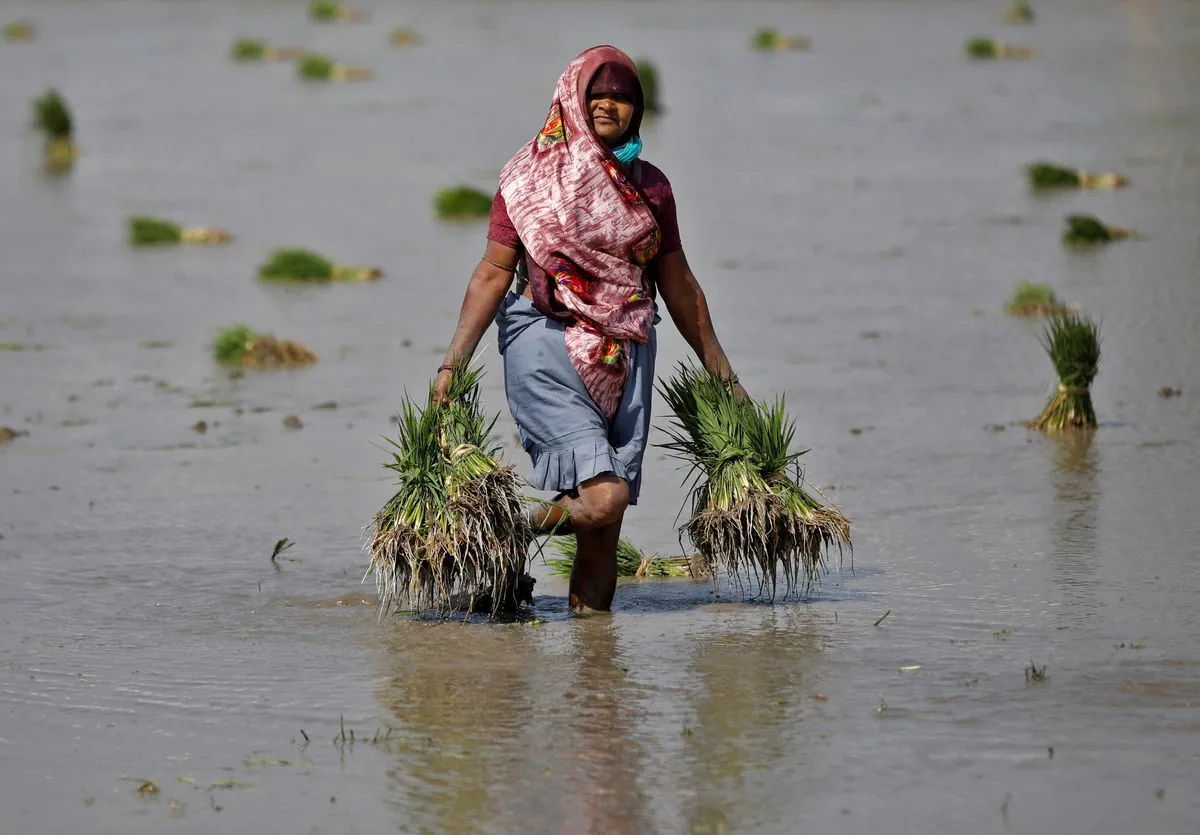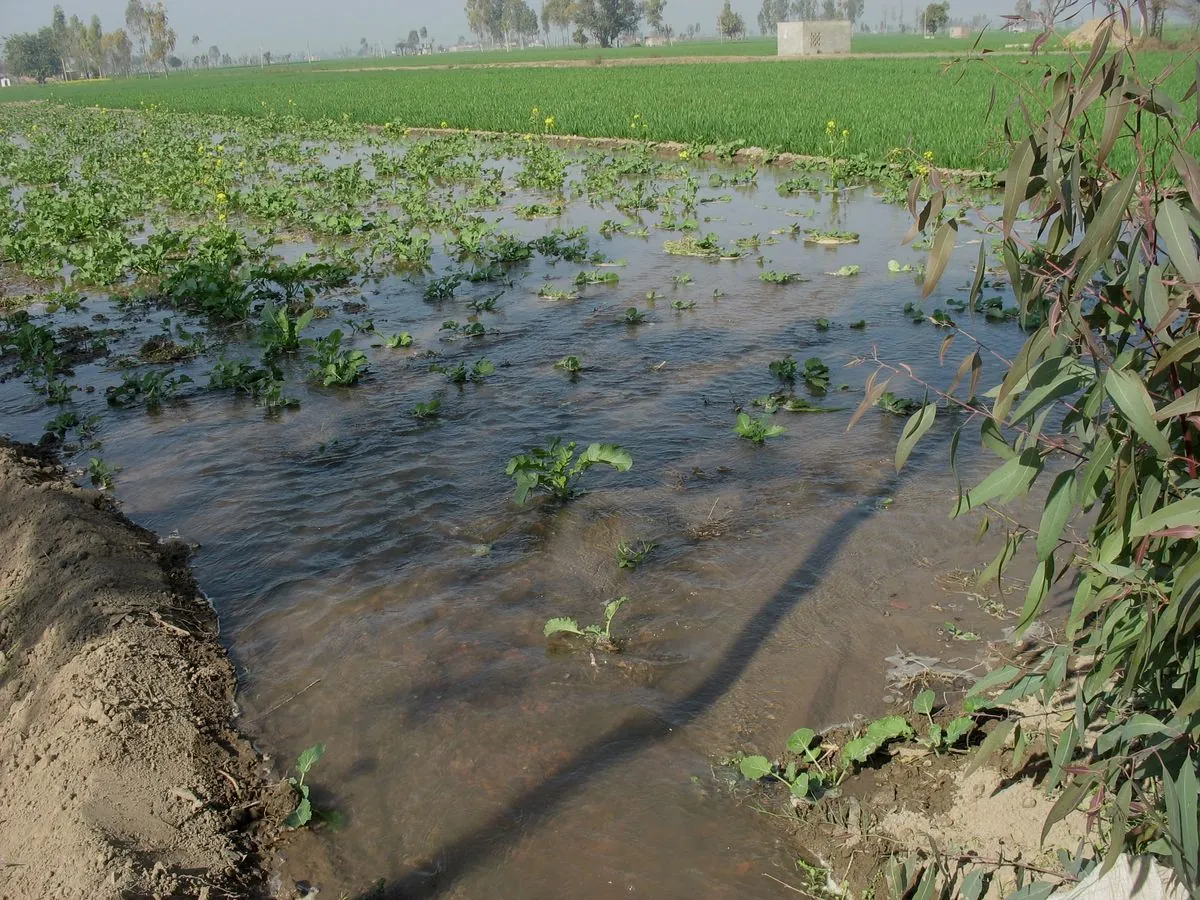India Braces for Above-Average September Rainfall, Crop Impact Looms
India forecasts above-average September rainfall, potentially affecting summer crops and food inflation. The monsoon season, crucial for agriculture, has seen excess precipitation, with implications for crop production and exports.

India's meteorological authorities have projected above-average rainfall for September 2024, following a wetter-than-usual August. This forecast raises concerns about potential impacts on the country's agricultural sector and economy.
Mrutyunjay Mohapatra, director-general of the India Meteorological Department, announced that September rainfall is expected to exceed 109% of the 50-year average. This comes after August experienced 15.3% more rainfall than usual, particularly in the north-western and central regions, leading to flooding in some areas.
The excess precipitation poses a significant threat to summer-sown crops such as rice, cotton, soybean, corn, and pulses, which are typically harvested from mid-September. India, being the world's largest producer of millet and second-largest producer of rice, could face challenges in maintaining its agricultural output.

While the abundant rainfall may negatively impact summer crops, it could prove beneficial for winter-sown crops like wheat, rapeseed, and chickpea due to increased soil moisture. This duality highlights the complex relationship between weather patterns and agricultural productivity in India's diverse agro-climatic zones.
The potential crop damage from excessive rainfall raises concerns about food inflation. In response to such risks, India has already implemented various export restrictions on key agricultural commodities. Any significant crop losses could prompt the government to extend these curbs, potentially affecting global food markets.
India's agricultural sector, which employs about 50% of the country's workforce, is heavily reliant on the monsoon season. The annual monsoon, running from June to September, provides nearly 70% of India's rainfall, crucial for watering farms and replenishing water resources. This meteorological phenomenon is vital for the nation's $3.5 trillion economy, with almost half of the farmland depending on rain-fed irrigation.
The monsoon's importance is underscored by India's position as a global agricultural powerhouse. The country is the world's largest producer of spices and has the largest irrigated land area globally. In the 2021-22 fiscal year, India's agricultural exports reached $50.21 billion, demonstrating the sector's significant contribution to the economy.
"Forecast for September suggests that good rainfall activity over Rajasthan and Gujarat starts about 15th September. Nowadays, if you look at, the withdrawal is getting delayed."
The monsoon typically begins its retreat from the northwestern state of Rajasthan by mid-September, concluding across the country by mid-October. However, this year's forecast indicates a potential delay in the withdrawal process, which could further complicate the agricultural calendar.
As India navigates these weather-related challenges, the country's vast agricultural resources and diverse agro-ecological regions may provide some resilience. With 20 agro-ecological regions and 60 sub-regions, India has the capacity to adapt to varying climatic conditions. However, the immediate concern remains the potential impact on summer crops and the subsequent effects on food security and economic stability.


































